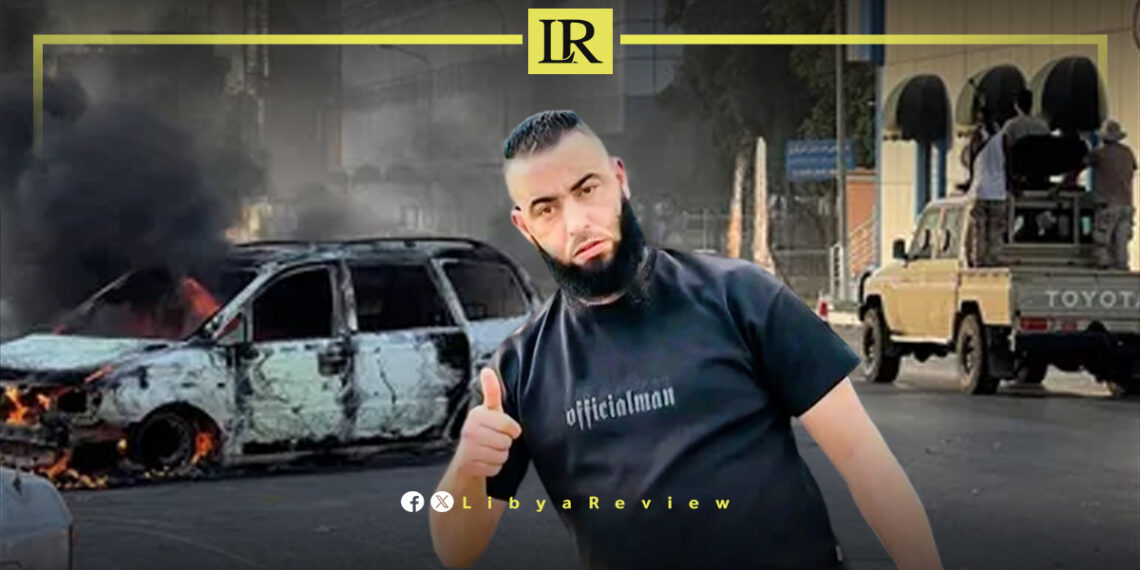A prominent militia commander in western Libya, Ramzi Al-Lafaa, was killed on Monday during a violent armed clash in the Warshafana area, southwest of Tripoli on Monday.
The incident, described by local sources as a “dispute” between two families, has broader implications for control and security in the capital’s outer belt.
The confrontation erupted in the early hours in the town of Awlad Issa, involving members of the Al-Lafaa and Al-Hadawi families. Six people were confirmed dead, including Ramzi Al-Lafaa, Hatem and Reda Al-Lafaa, and Alaa, Emad, and Adel Al-Hadawi. Though presented as a family feud, observers point to deep-seated militia rivalries fueling the violence.
Al-Lafaa was a central figure in the armed landscape of western Libya. He had taken part in a major operation against the Stability Support Apparatus in Tripoli last May following the killing of its leader, Abdul Ghani Al-Kikli (known as “Ghneiwa”). His role in that operation raised his profile and influence in militia circles.
In response to the incident, Libya’s Ministry of Interior held an emergency meeting with top commanders, including the powerful 55th Brigade led by Muammar Al-Dhawi, historically a rival to Al-Lafaa’s group. The meeting, which included security and tribal leaders, resulted in plans to boost checkpoints and tighten control over Warshafana.
Reports have since emerged of military forces entering areas previously under Al-Lafaa’s control, including Al-Hunayshir, Al-Swani, and Awlad Issa. Analysts believe the power vacuum may lead to either swift territorial takeovers by rivals or new waves of localized violence.
Although the Interior Ministry has opened an investigation, there is little expectation of legal accountability in a context where armed groups operate autonomously and state institutions remain weak. The Warshafana region has long been a hotspot for militia rivalries and remains strategically important to control routes into Tripoli.


